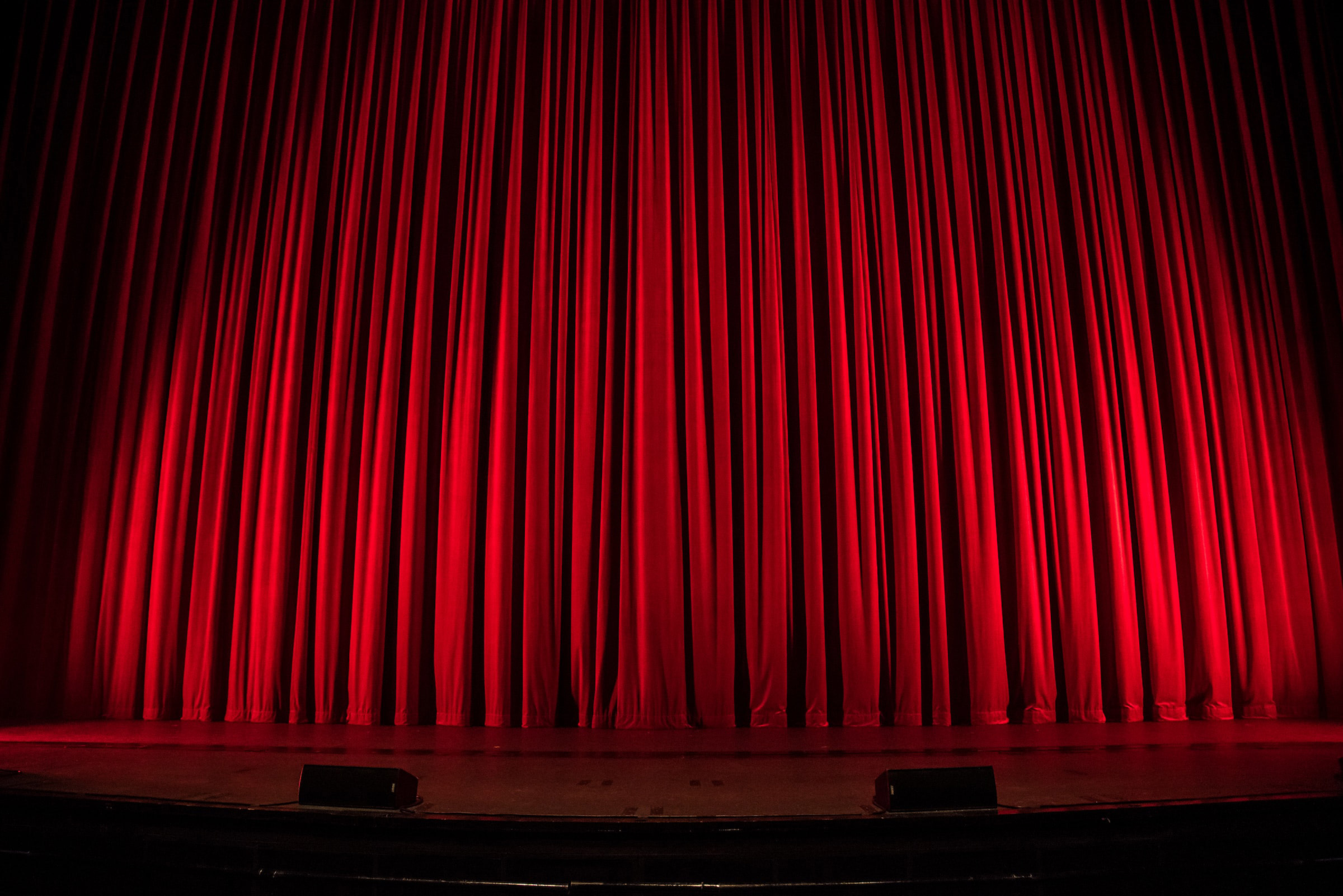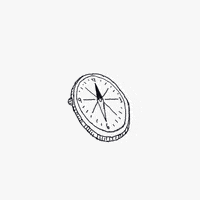


 Ask others who have been before. Go on practice hikes, practise packing your pack, prepare your menu, check your gear, practise map and compass skills,
increase your fitness through exercise and walking everywhere.
Ask others who have been before. Go on practice hikes, practise packing your pack, prepare your menu, check your gear, practise map and compass skills,
increase your fitness through exercise and walking everywhere.
Never wear new boots/shoes/sneakers to EV. Make sure that you wear them in beforehand. Some walkers use two pairs of wool blend socks e.g. 'Explorers' to wear in boots. As long as your footwear fits well with little sliding around you will be fine. At the first sign of 'hot spots' on your feet/toes tape them.
Cut your toenails properly a few days before you leave.
It is imperative that your team carries correct and sufficient equipment, food and clothing.
EV teams plan their own hike route using the coordinates given. The distance you walk and where your team goes is up to the team.
Therefore it can be as easy or hard as you like! Take the shortest route and just do the activities, or try to get every single gold checkpoint. It's up to you and your team! Just don't forget to save some energy for the lunch and night activities run by Theme Team.
Theme gear (costume etc.) + comfortable 'weather suitable' clothing.
Always wear a hat - sunhat during the day, even if it is cloudy and a warm beanie at night.
Long sleeved shirts/tops + shorts [nylon if the weather looks wet as they dry easily - not like cotton] + well worn in footwear.
Please be aware that there is a NO HAT NO HIKE policy.
 Sleeping bag and inner sheet
Sleeping bag and inner sheet
 Venturer tents at EV 2021
Venturer Overnight Camps are established by EV staff each night in a different location. First aid, water, hot water at meal times, camp toilets and entertainment are supplied.
Venturer tents at EV 2021
Venturer Overnight Camps are established by EV staff each night in a different location. First aid, water, hot water at meal times, camp toilets and entertainment are supplied.
 Each sub-camp has leaders to help and advise you if you have problems.
Each sub-camp has leaders to help and advise you if you have problems.
Branch policy requires separate tents for male and female Venturers.
For safety, on arrival at the Venturer overnight camp you must report to the campsite check-in point.
This is also the case at each lunchtime site. When you arrive at camp, your EV Passport will be collected and your team number recorded to detect late or missing teams.
There are no shops near the EV site!
Due to fire bans there are no fires and no stoves allowed on EV. Lightweight ingredients and meals able to be prepared with only hot water are essential.
We supply hot water at each campsite for tea and breakfast. Your team needs two billies. We cater for teams not individuals. Plan, purchase food, pack, carry, prepare and eat meals as a team. Sunday's evening meal is supplied for you.
Breakfasts: Weetbix, muesli, breakfast bars, powdered milk, milo, Tang.
Lunches: Cold pies / pasties sausage rolls / cut rolls from home for the first day - Sardines/mussels/metwurst/cheese portions/sticks/ bread pita bread vegemite peanut butter hard boiled eggs Vitaweet biscuits ... Margarine and peanut butter are excellent sources of energy.
Dinners: Soup/oxo Pasta meals/ tuna /deb and vegetables/ cous cous and parmesan cheese / Instant pudding/ angel delight!! Cheese cake if you want a real carbohydrate boost and want to impress the camping judges!!! [White Wings lemon is the best!]
Snacks: High energy muesli/energy bars, scroggin/ dried fruit/ biscuits/fresh fruit...
Your team is expected to show your sub camp leaders what you eat so that we know that you are eating well for the hike.
Compatibility - Experience - Attitude - Fitness - Training.
 Who do you get along with and who you don't mind sharing gear/tent/decision making with?
Who do you get along with and who you don't mind sharing gear/tent/decision making with?
i.e. people with the same aim as yourself. Decide on your aim e.g. To go for broke or just do your best or just go along for the ride.
It is best to select a team leader - probably the most experienced - who will make the final decisions after consulting the other members.
We will put you with other incomplete teams if you cannot make groups of four from your own Unit. Check with other Units to combine members before you apply. Venturers hike in teams of at least four.
Too much gear taken i.e. Several changes of clothing are not necessary, excessive toiletries,
heavy tents, pegs are all extra unnecessary equipment.
Your pack should weigh no more than 1/4 - 1/3 of your body weight. The maximum weight is 16kg per person (day pack or full pack).
Too little gear taken: E.V. is not Rogaining! There is a certain minimum amount of gear that is essential for your safety. Adequate raingear [plastic ponchos are not good enough for a four day hike] sleeping bag, tent with fly and warm clothing [thermals are warm and light] for night time are essential.
Dehydration: Keep up the fluids. Many small sips of water are best. Beware of energy drinks.
Your body requires fluid replacement at increasing levels according to activities and the weather.
Faulty Packs: Check yours well before Easter.[internal framed packs are good]
Blisters: Wear in your footwear well before EV. Try wearing two pairs of socks and wear a pack on your practice hikes. Your feet should be firm in your boots but not tight - be prepared to add or change the ratio of thick/thin socks. Wool/synthetic blends. Treatment: Hot spots need to be attended to straight away [tape/elastoplast, Compede, Second Skin, Blister Block]. Never use band aids to cover blisters!
Not enough sleep Gung Ho Hikers always seem to get enough sleep except on the Sunday night!!!
Getting lost: The map is not often wrong. Stop, study the map and terrain. Try to work out when you last knew where you were. Look for prominent features. Wait for help - another EV team. Getting lost can be avoided. Take note of road or track directions before setting out from each activity site and at each change of direction or major feature.
After dark set up your tents - shine your torches around - look for other lights. Be prepared to camp where you are for the night - you should have enough water with you at all times for this.
The EV Hike Team searches for lost teams and does not give up until all teams are in camp!!!!!
Insufficient good food: See the menu and snack suggestions included on this page.
A lack of planning beforehand. This web site should set you on the right track.
Protect them from further danger/injury - stay with your team mate - apply first aid and make them comfortable - send two people for help to the nearest activity checkpoint or road. Roads in the EV area are patrolled during event.
If the weather is cold and wet pitch your tent and get in it and in your sleeping bag if you have to wait for help.
You are expected to treat your own minor injuries but a qualified First Aid person will be at each lunch spot and at the night camps if you need help.
If you are not feeling well, tell someone about it early. Viruses are travel bugs and get around in droplets spread by coughing or sneezing. EV does not have a doctor so if necessary you will be taken to a hospital. If you cannot continue hiking with your team you go home. We are not able to transport you from campsite to campsite.
 Whilst Easter Venture is more than just a hike. The main reason for Venturers going home from EV is blisters from walking.
Whilst Easter Venture is more than just a hike. The main reason for Venturers going home from EV is blisters from walking.
At the first sign of sore feet [heel. toe. ankle] STOP!!!!
Hot spots need to be attended to straight away [tape/elastoplast, Compede, Second Skin, Blister Block]
Put a strip of plaster elastoplast (never use band aids) over the red skin to protect the sore area and hold the skin together before a blister develops. The best cover for a raw blister is your natural skin pulled gently back in place and protected by adhesive plaster. Using 'Second Skin' is another method.
Always take a waterproof jacket, have a good breakfast and eat regular snacks.
If you get very cold for a long time without exercise, energy foods, protection from the cold your body starts to close down some functions resulting in exposure.[wind, rain and cold together are potentially lethal]. Having a good breakfast plus regular extra energy food throughout the day besides your meals is essential.
Other factors are: poor food, a poor mental attitude, inactivity, recent illness and lack of fitness. Small, thin people are at risk because they have less natural insulation.
The signs of hypothermia include general slowing down, slurred speech, stumbling or clumsiness, lack of interest or awareness, out of character behaviour or excessive shivering.
Treatment: Stop and rest. Protect the cold person from the wind, using a space blanket, and cold ground using a groundsheet. Give energy food- energy bars, sweets, biscuits. If it is wet pitch your tent remove excessive wet clothing and warm the patient gradually in a sleeping bag.
Results if you get too hot and can't cool down. A sun hat plus loose fitting, light coloured, long sleeved tops are ideal with 30+ sun protection. Water is the best drink with frequent sips. The tube water systems are a good idea but don't share yours!! Too many germs are spread this way.
Drink often in small amounts to prevent dehydration - feeling thirsty, decreasing urine output of a darker colour are some indicators.
So if you or members of your team feel very hot, dizzy, very thirsty: sit down in the nearest shady spot, sip small amounts of water, cool down -remove any excess clothing, sponge with a damp flannel/handkerchief, fan each other, lie with your feet higher than your body.
Everyone smells on hikes so deodorants are not necessary. Having a sponge - in tent - wash is a good idea.
Wash your hands regularly using soap, particularly after toilet use, before food preparation and eating! Use hand sanitiser whenever you cannot wash your hands.
Washing your feet each day prevents blisters.
Toilet Training! Use minimal impact techniques: At least 100m from a water source or potential watercourse, dig a hole 15cm deep [no deeper so that the micro organisms can speedily decompose your faeces] cover well and stamp earth down on top then cover with leaves... Wash your hands and use disinfectant gel. Applying antibacterial hand sanitiser (available in tiny bottles at your local supermarket) is a good idea before preparing and eating food. It will kill the little nasties and ensure that you do not suffer from food poisoning or gastroenteritis. Nobody wants to be vomiting or have diarrhoea on a hike!
Compiled by Michael Woodward, tweaked and added to by others...